Cell Assays for Immuno-Oncology R&D
June is Cancer Immunotherapy Awareness Month. Immunotherapy is a type of cancer treatment that enhances the patient’s own immune system to recognize and kill cancer cells. Several immunotherapies have been approved for use in treating cancer, such as checkpoint inhibitors, CAR-T cell therapy, and therapeutic vaccines.
The development of immuno-oncology drugs requires understanding their activity such as their ability to increase T cell response and production of cytokine. In-vitro functional assays are essential to assess their efficacy, MOA, safety and toxicity, particularly for mono- or bi-specific antibodies designed to target and kill cancer cells by recruiting patient’s immune cells.
Such clinically relevant assays using human cells are used @Sapien, as 2D or 3D tumour spheroids, to test drugs alone or in combination with FDA-approved drugs such as Keytruda, in lung cancer or triple negative breast cancer cells. The left side graph below shows one such patient-derived model, where cells were co-cultured with activated PBMCs, to assess combinatorial killing effect of a client’s anti-cancer drug with the PD-1 inhibitor Keytruda.
The right side graph below shows the Dendritic cell-Mixed Lymphocyte Reaction (DC-MLR) assay. It is used to assess the immunomodulatory activity of drugs such as Cyclosporine A or Teriflunomide, or novel NCEs or NBEs, in PBMC-derived dendritic cells stimulated with superantigen SEB and co-cultured with PBMCs.






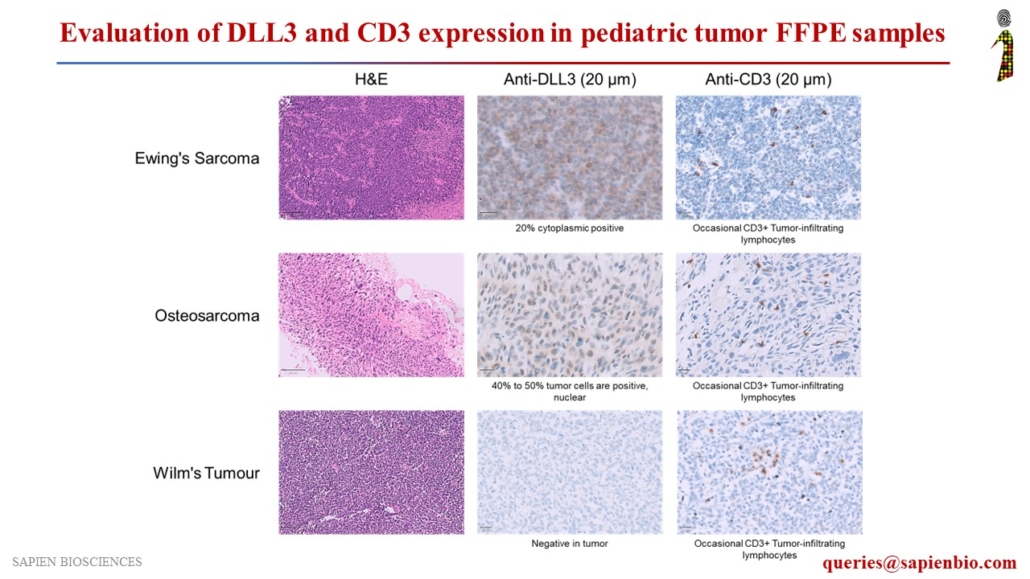
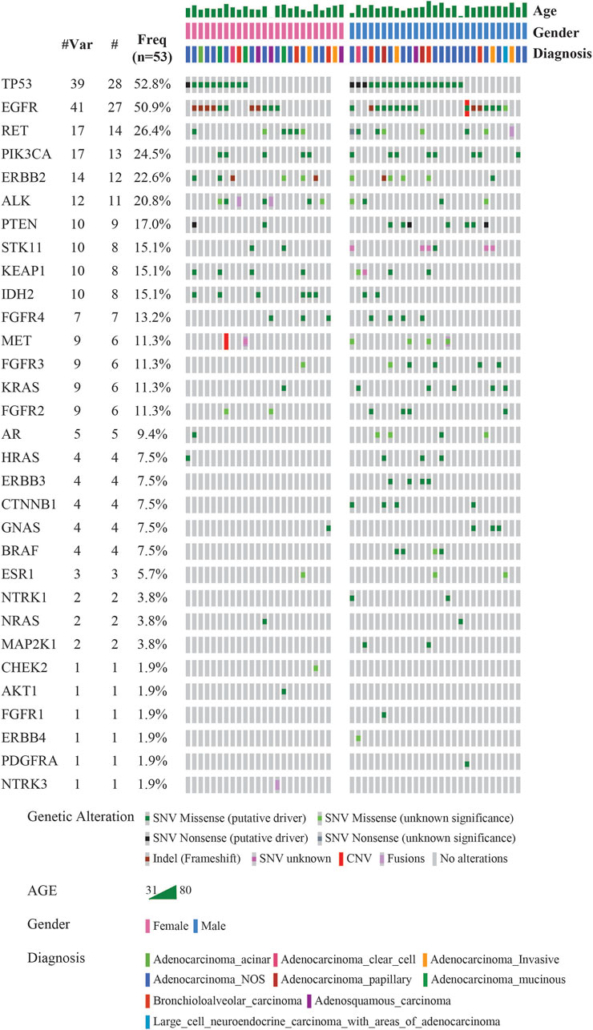
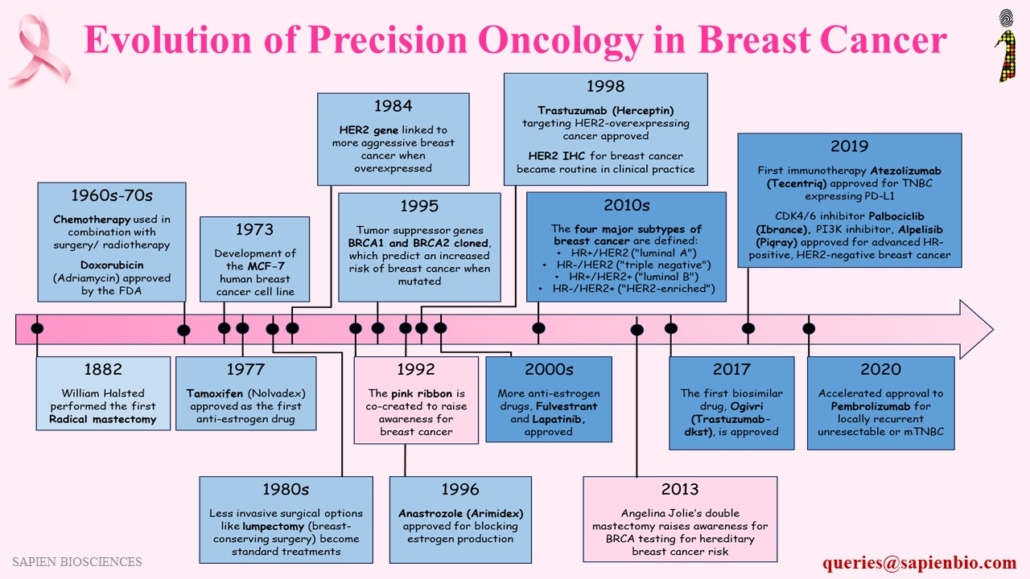
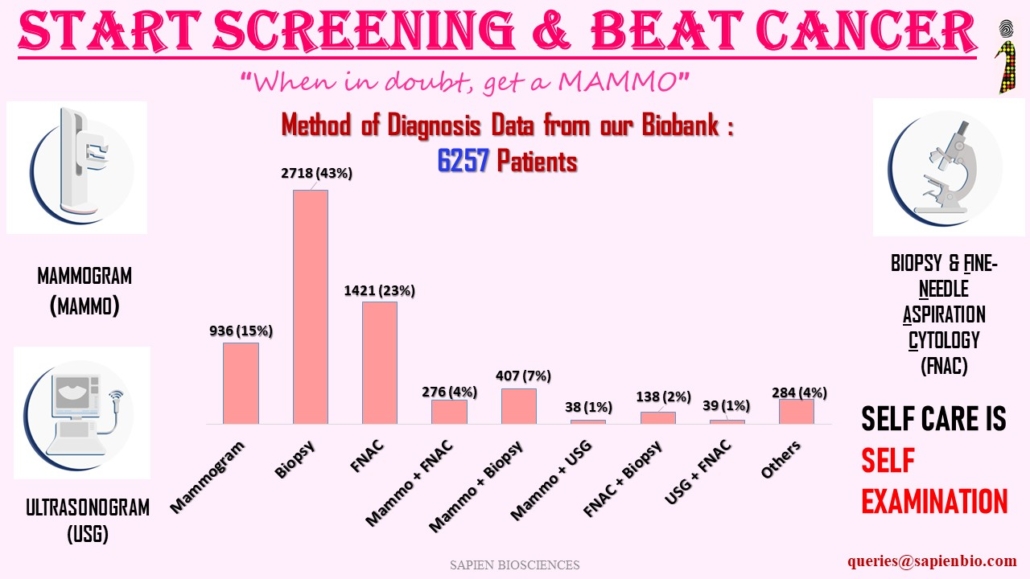
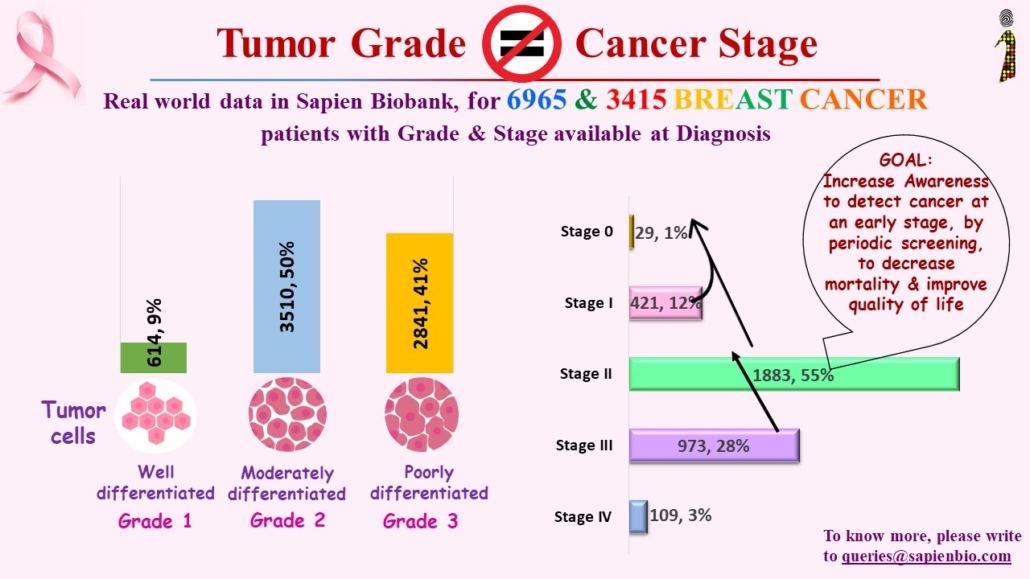
Recent Comments